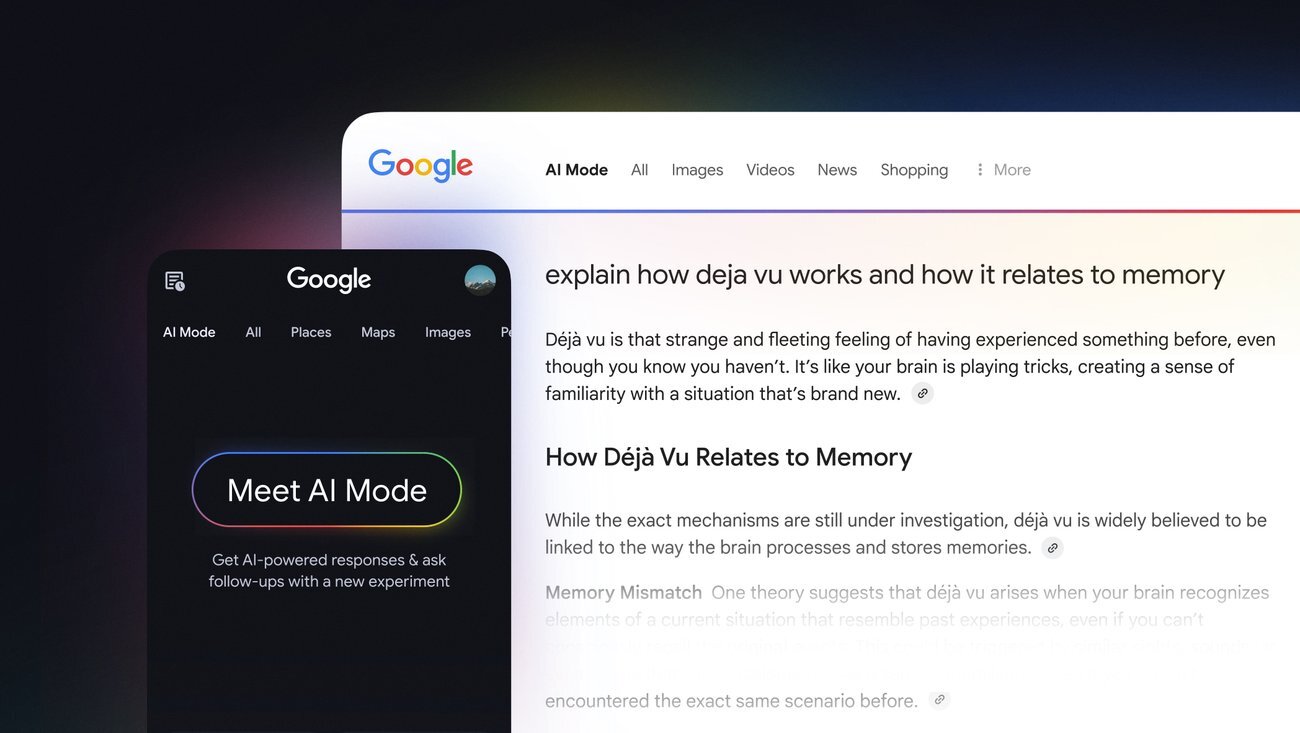Google Ads Revolution: The End of an Era for Marketers as Platform Undergoes Historic Overhaul!

Google has significantly advanced its advertising capabilities with the introduction of AI Max, a powerful one-click tool integrated into its search campaigns. Initially launched in May 2025 in select geographical regions, AI Max was rolled out globally on September 10, 2025, offering advertisers a comprehensive suite of enhancements. Key features include final URL expansion, improved search term matching, and advanced text customisation.
AI Max revolutionizes search term matching by enabling advertisers to reach a broader audience beyond their current campaign keywords. The final URL expansion feature intelligently redirects users to highly relevant landing pages based on their specific search queries, enhancing user experience and ad effectiveness. Furthermore, the text customisation capability leverages AI to generate bespoke headlines and descriptions, allowing for creative and custom-made messaging at scale.
One of the most profound shifts brought by AI Max is in audience targeting. Historically, Google Ads relied on traditional keyword targeting, where advertisers bid on specific keywords or phrases. AI Max transitions this approach to a more sophisticated, conversation-based targeting system. This AI-driven system matches advertisers with audiences demonstrating high intent towards their products, services, or locations of interest. This not only results in more relevant and effective advertising for businesses but also provides everyday users with broader, more tailored product offerings. Advertisers retain significant control, with options to indicate specific brands that should or should not appear alongside their offerings. The 'Location of Interest' setting is another powerful tool, allowing advertisers to target users interested in a particular location, even if they are not physically present there. This is an ad group setting, providing flexibility for diverse targeting within a single search campaign.
The integration of AI Max aligns with broader market trends, such as the projected 13% CAGR growth in cross-border e-commerce from 2023 to 2028, as highlighted in a 2025 TC Insights report on African e-commerce. Google's new updates are strategically positioned to help businesses effectively target customers beyond their local markets.
Implementing AI Max is straightforward, whether for new or existing search campaigns. For a new campaign, advertisers can simply click the create button, toggle to opt into AI Max settings on the dedicated 'AI Max' page, and select desired features such as search term matching and asset optimisation (for text customisation and final URL expansion). For existing campaigns, users can navigate to settings in the Campaigns menu, choose the campaign to update, select AI Max in the section menu, and then toggle to opt-in and select features.
Beyond search result advertising, Google is also expanding AI integration into its AI mode, powered by Gemini. This mode allows users to engage in richer, multi-layered discussions with the search engine. For instance, users can ask AI Mode for restaurant recommendations within an area, cuisine, and budget, and the AI will generate a curated list by sifting through reviews, social posts, and brand websites. While this feature is currently in beta and available in select regions, it underscores the importance of a robust and updated online business profile. Businesses with current menus or service catalogs are more likely to be featured by AI Mode, even without running direct advertisements. Agentic capabilities within AI Mode are currently exclusive to Google AI Ultra subscribers in the U.S. through a Labs experiment. However, Google AI Max is now globally available in beta mode for business owners, startups, and advertisers across Google Ads, Google Ads Editor, Search Ads 360, and via the Google Ads API.
You may also like...
Crawford vs. Canelo Aftermath: Retirement Rumors & Epic Viewing Figures!
)
Terence Crawford made history by defeating Canelo Alvarez to become the undisputed super-middleweight champion and the f...
Tokyo Athletics Extravaganza: Records Shattered, Medals Claimed!

The 2025 World Athletics Championships in Tokyo showcased a blend of national pride and record-breaking global performan...
Winter is Coming! George R.R. Martin's Favorite 'Game of Thrones' Spin-Off Finally Gets Release Date

HBO has set the release window for 'A Knight of the Seven Kingdoms', its highly anticipated Game of Thrones spinoff, for...
Hollywood Mourns: Western Icon Robert Redford Dies at 89

Robert Redford, the iconic actor, Oscar-winning director, and founder of the Sundance Film Festival, has died at 89. Kno...
Sir Elton John Transforms 'Janky' Kneecaps into Dazzling, Eternal Jewelry!

Music legend Elton John has transformed a deeply personal and painful experience into an astonishing collection of jewel...
Judas Priest and Ozzy Osbourne's Lost 'War Pigs' Cover Unveiled, a Legendary Collaboration!

Black Sabbath's Prince of Darkness
Royal Attendance Drama Unfolds: Palace Statements Precede Duchess of Kent's Funeral

Queen Camilla has withdrawn from attending the Duchess of Kent's Requiem Mass due to acute sinusitis, though King Charle...
Cardi B Electrifies The Jennifer Hudson Show with Iconic Spirit Tunnel Dance

The new season of The Jennifer Hudson Show premiered with a spectacular opening featuring Grammy award-winning rapper Ca...


